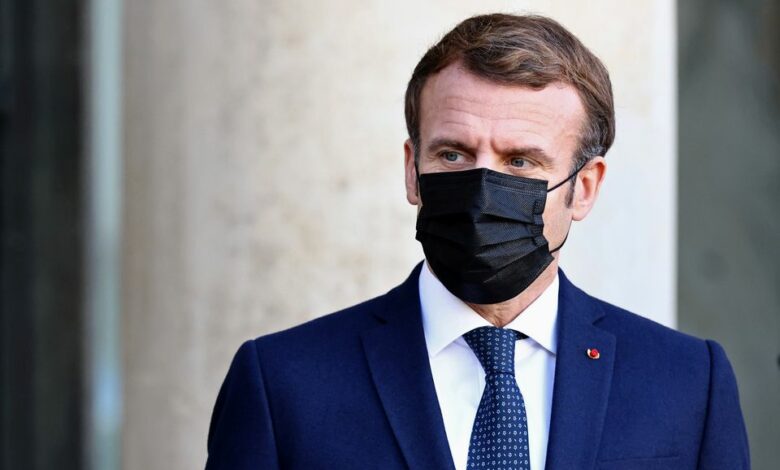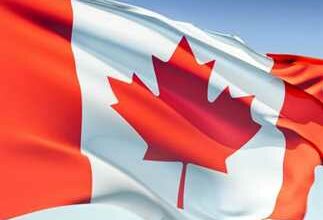
London, Dec 9 (Reuters) – The euro, sterling and dollar stabilized on Thursday amid hopes some COVID-19 vaccines might be able to neutralize new coronavirus variant Omicron. Analysts said the focus was shifting back to monetary policy.
Some of the fears around the Omicron variant ebbed after BioNTech and Pfizer (PFE.N) said three shots of their COVID-19 vaccine neutralized it in a laboratory test. read more
Analysts said if the test results prove to be accurate, markets would continue to shift their attention back to what central banks’ next move will be, which had been major factor shaping currency markets in recent weeks.
“A new study shows that a third shot of the Pfizer vaccine could neutralize the Omicron virus. If this is case, focus in the markets should move back to monetary policy,” said Jens Peter Sørensen, Danske Bank chief analyst.
The euro was 0.2 lower at $1.1319 at 0915 GMT, still close to one-week high touched in the previous day.
The U.S. dollar , against a basket of currencies, edged 0.15% higher to 96.082, some way from the 16 month high of 96.938 touched in November, as investors waited for a key Federal Reserve policy meeting due next week.
Expectations of an unwinding of U.S. monetary stimulus measures had helped the dollar index rise in November, before Omicron’s emergence sent it lower.
The Fed is expected to announce it will accelerate tapering of its bond-buying programme at its meeting next week. U.S. consumer price inflation data due Friday could also affect the Fed’s decision.
In the meantime, investors have scaled back bets the Bank of England might raise interest rates at its Dec. 16 policy meeting.
Sterling was little changed at $1.3207, after touching new 2021 lows the previous day versus the dollar, as British Prime Minister Boris Johnson imposed tougher COVID-19 restrictions in England, ordering people to work from home, wear masks in public places and use vaccine passes. read more
“The modest tightening of restrictions in England, while inconvenient still pales into insignificance when compared to the measures being implemented across Europe,” said Michael Hewson, chief market analyst at CMC Markets UK.
One of the key winners from the improvement in Omicron-related sentiment this week has been the Norwegian crown , which jumped to an almost three-week high on Wednesday. It was last down 0.75% on the day at $8.9400.
“The currency was one of the worst hit from the initial risk-off shock given its low liquidity and high-beta to risk and oil,” ING told clients.
The Canadian dollar was largely unchanged after the Bank of Canada held its key overnight interest rate at 0.25%, as expected, and maintained its guidance that a first hike could come as soon as April 2022.
China’s yuan hovered at a more than 3-1/2-year high against the dollar on continued year-end seasonal corporate demand, though some investors were growing cautious over how much more Beijing would allow the currency to appreciate. read more
Bitcoin slipped 2.2% to just below $49,515 as it continues to trade in a narrow range after a sharp weekend plunge.




